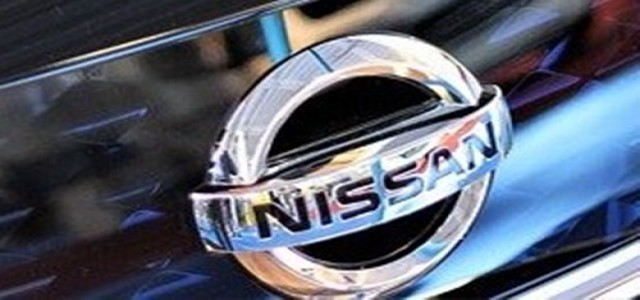
Nissan has been unveiling several intriguing concept vehicles one after the other. All these prototypes were designed for the Earth; however, the Japanese corporation recently showcased its lunar rover prototype.
As a research endeavor, the company teamed up with JAXA in January 2020 to develop the prototype. The Nissan lunar rover prototype leverages the electric vehicle technology right here on Earth and utilizes an all-wheel control system that has been previously integrated on the Ariya EV and motor control technology developed for its mass-market EVs like the Leaf.
Toshiyuki Nagajima, GM of Nissan's Advanced Vehicle Engineering Department, stated that they aim for the ultimate driving performance, and believe the knowledge obtained from this joint research with JAXA will lead to innovative vehicles that will benefit customers.
Ikkoh Funaki, Director of the JAXA Space Exploration Innovation Hub Center, on the research, expressed that they intend to apply their findings to the production of higher-performance lunar rovers by researching with Nissan, which has competence in electrified technologies.
The e-4ORCE technology, which claims to improve the controls of all four wheels of a vehicle independently, is at the heart of the Nissan moon rover concept. Nissan is further advancing the e-4ORCE technology in collaboration with JAXA to enhance performance in sandy terrain and other tough conditions.
Notably, when cars are driven through sand, their wheels typically spin and dig in, preventing them from moving forward. To prevent this, a high level of driving ability is required. Nissan has developed driving-force controls that adjust the amount of wheel spin based on the surface conditions to meet this need.
The practical use of the lunar rover prototype in a space mission is yet to be seen, however, the e-4ORCE technology will be available for commercial testing with the launch of the new Nissan Ariya scheduled for the summer of 2022 in Japan.
Source Credit-
